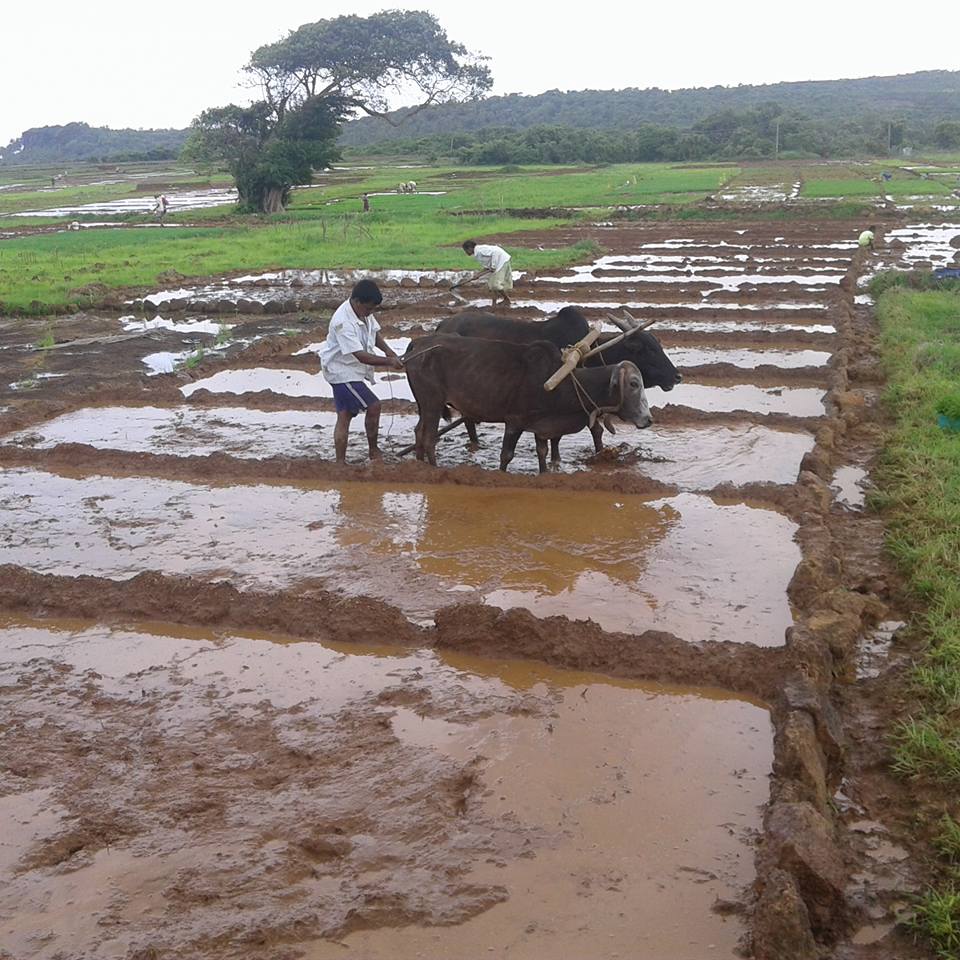
To learn and understand something is easier than to unlearn and remove a misunderstanding from our memory. It is, therefore, emphasised by educationists that children must get the concepts right and problem-solving will come naturally thereafter. In plant sciences today, the buzzword is GM, an abbreviation for ‘Genetically Modified’ organisms that the biotechnologists refer to as ‘Events’. GMOs or ‘events’ must have at least one laboratory-produced gene. The most common GM gene is the Cry1ac with a little bit from Cry1ab derived from the bacteria Bacillus thuringiensis and commonly referred to as the ‘Bt’ gene, created and owned by Monsanto. For now, ‘chodo Bt batein’ and let us see what a hybrid is...
A hybrid is a plant (or any other organism or gadget) that has two different parent species or varieties, whether plants, animals or technologies. We have had hybrid valve and transistor radios followed later by transistor and IC radios. Hybrid plants typically use a female parent with all the qualities that one wants and one defect that is to be corrected by using a male parent (or pollen donor) to provide the gene or genes with that strength.
Quite often the strength that is needed is a resistance to some weakness in the female parent, like finding a tall bride for a groom belonging to a family that has short members for generations. The genders can be exchanged. The offspring are not necessarily with the expected traits as G K Chesterton famously explained to an actress who wanted to marry him for his intelligence so that their children would be intelligent like him and beautiful like her. “What if it happens the other way around?” he is supposed to have countered. Plant and animal breeders deal with this issue and only the successful offspring with the desired combination of traits gets released as a hybrid.
Jaya is a popular rice variety of 145-150 days (four and half months) duration in Goa, especially in the low-lying areas that have water for a longer period after the monsoons. Initially tested in the ‘Mini kit’ programme as IET-723 (Initial Evaluation Trials), it is an early ‘Green Revolution’ hybrid of Taichung Native-1 and T-141 developed by the Directorate of Rice Research (DRR), Hyderabad, Telangana. The Taichung or TN1 is a Chinese hybrid that was introduced in India in the mid-1960s but bombed even in Goa because it was very susceptible to insect attack and the grain was sticky when cooked.
Not all hybrids produced by the plant breeders reach the IET level and many of the IET varieties do not receive approval of the farmers for yield, milling and other parameters and of the consumers for taste and cooking quality of the grain. They die a quiet death. Like ‘Jo jitha wohi Sikander’ story of Alexander the Great, it is the story of the one designated as ‘Hybrid’ for release like Jaya or Jyoti. IET-6223 almost made it to the release in the 1980s but lost support. Sometimes, released hybrids are dumped by consumers and growers as is the case of hybrid Sindhu mango.
Dr K K Manohara, rice breeder at ICAR-CCARI in Old Goa has produced two line selections of Goa’s salt-tolerant Korgut rice. The Goa Dhan-1 is dwarf and suitable for mechanical harvesting but white kernel. The Goa Dhan-2 has the desired brown or red kernel but the plants grow tall and fall over, making mechanical harvesting impossible. To overcome the problem, Dr Manohara produced a hybrid of Goa Dhan-1 with Jyoti. Goa Dhan-4 (JK) is salt tolerant, short and brown kernel. That is the hybrid rice that Goa loves to grow, cook and eat to live a healthy life!
 (The writer is mentor to the GenNext organic farmers)
(The writer is mentor to the GenNext organic farmers)